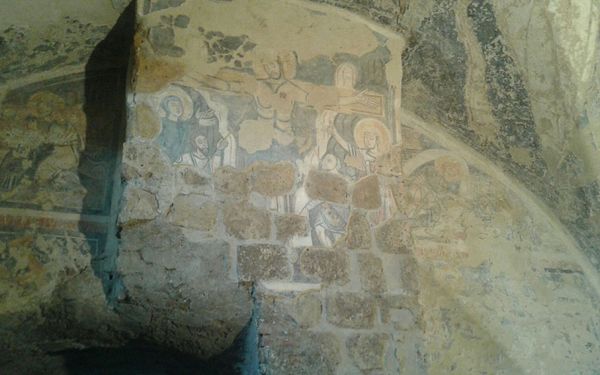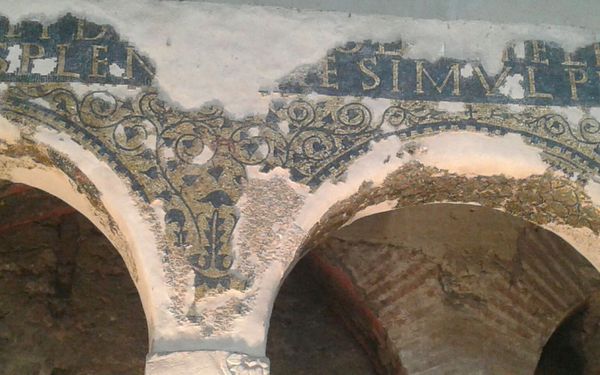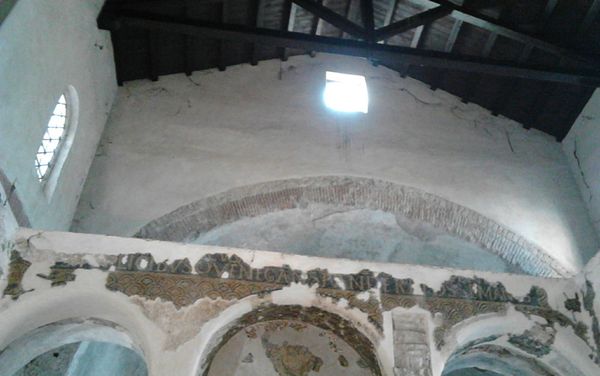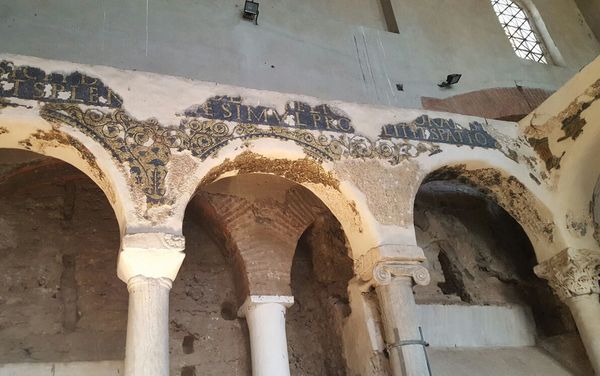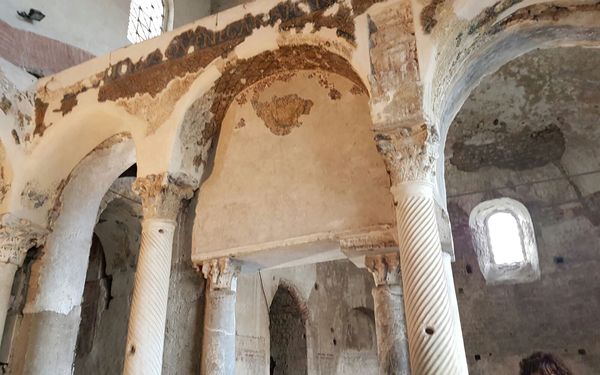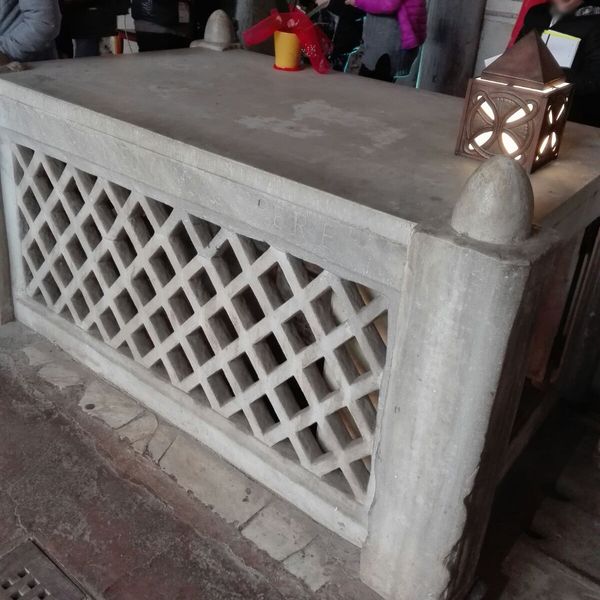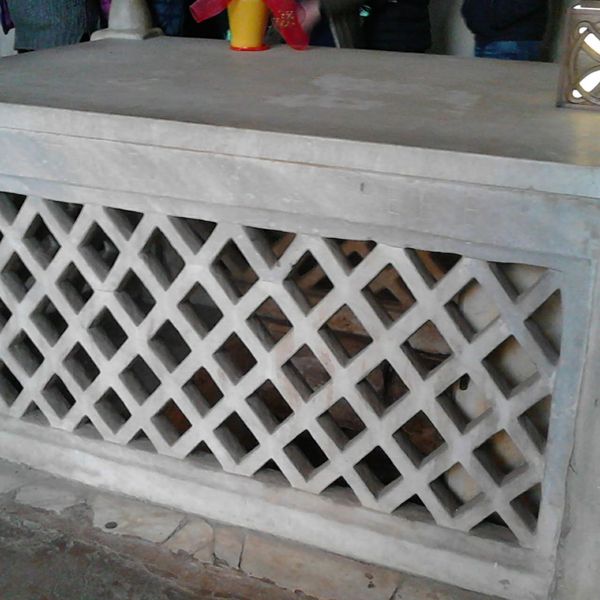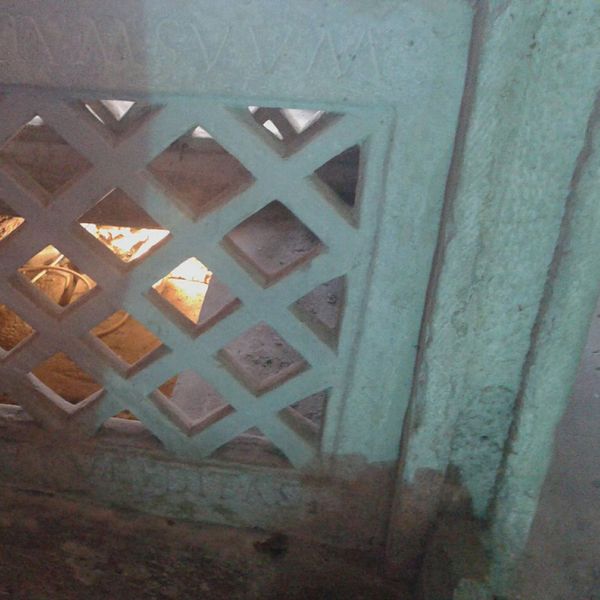Among the most beautiful decorative elements of our basilicas, without any doubts, we’ll find the frescoes of the Basilica of Santi Martiri. On the wall, on the right of the entrance, are painted five scenes of the Passion of Christ: the treachery of Judas, the ascent to the Calvary, the crucifixion of Jesus, the descent to the underworld, the devout women at the tomb.
On the left, we’ll find the scenes of disbelief of Tomaso, the settlement of Pietro on the pastoral office and more images of saints, such as Anastasia, Cosma, Damiano, Pantaleone, Caterina and Gennaro.
From the apse, you can access to the chapel of Saint Giacomo, which was built after the XII century on the remains of another mausoleum.
Dear visitor, I highly recommend you to visit this chapel because it perfectly describes the life of Christ and because there is a great variety of medieval paintings. Another amazing element is the Mosaic aedicule located in Saint Felice’s Basilica, built between 484 and 524 a.C.

